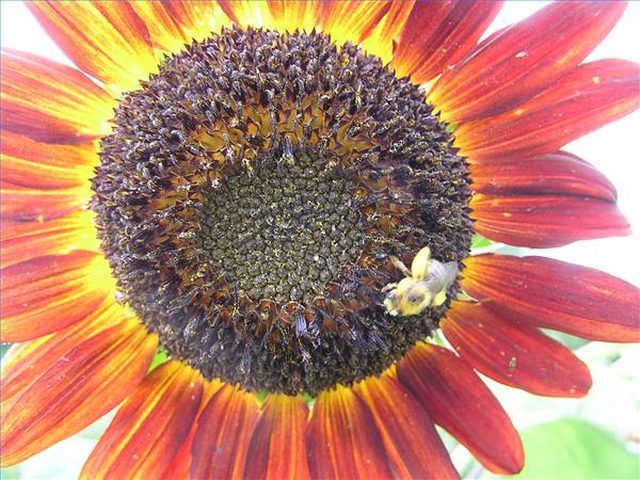Bulbs
Flower Basics
Flower Beds & Specialty Gardens
Flower Garden
Garden Furniture
Garden Gnomes
Garden Seeds
Garden Sheds
Garden Statues
Garden Tools & Supplies
Gardening Basics
Green & Organic
Groundcovers & Vines
Growing Annuals
Growing Basil
Growing Beans
Growing Berries
Growing Blueberries
Growing Cactus
Growing Corn
Growing Cotton
Growing Edibles
Growing Flowers
Growing Garlic
Growing Grapes
Growing Grass
Growing Herbs
Growing Jasmine
Growing Mint
Growing Mushrooms
Orchids
Growing Peanuts
Growing Perennials
Growing Plants
Growing Rosemary
Growing Roses
Growing Strawberries
Growing Sunflowers
Growing Thyme
Growing Tomatoes
Growing Tulips
Growing Vegetables
Herb Basics
Herb Garden
Indoor Growing
Landscaping Basics
Landscaping Patios
Landscaping Plants
Landscaping Shrubs
Landscaping Trees
Landscaping Walks & Pathways
Lawn Basics
Lawn Maintenance
Lawn Mowers
Lawn Ornaments
Lawn Planting
Lawn Tools
Outdoor Growing
Overall Landscape Planning
Pests, Weeds & Problems
Plant Basics
Rock Garden
Rose Garden
Shrubs
Soil
Specialty Gardens
Trees
Vegetable Garden
Yard Maintenance
How Do Flowers Make Seeds?
How Do Flowers Make Seeds?. Flowers make seeds for the purpose of reproduction. When a flower blooms, it attracts a pollinator, depending on what kind of flower it is and what location it is in. Common pollinators are insects such as bees, wasps, flies and butterflies or birds, other animals and sometimes wind or water. For example, honey bees are...

Pollination
Flowers make seeds for the purpose of reproduction. When a flower blooms, it attracts a pollinator, depending on what kind of flower it is and what location it is in. Common pollinators are insects such as bees, wasps, flies and butterflies or birds, other animals and sometimes wind or water. For example, honey bees are the main pollinator for apple blossoms on apple trees. The bees are attracted to the flowers for their nectar and while landing on a flower to indulge in this sweet substance, they unknowingly brush against some pollen. When they fly to another blossom, they distribute the pollen.
Growth
Some flower have male and female parts, though some flower species have individual male and female flowers. Pollen is produced in the male part of the flower called the anther. When a flower is pollinated, pollen has landed on the female part of the flower, the pistil which receives the pollen grains. The pollen grains travel from the pistil's stigma, down the long tube called the style and into the ovary of the flower. Pollen holds the blueprints for the specific species of flower and when the two sperm cells produced by a pollen grain meet with the ovules of the flower, it becomes fertilized and will produce its fruit. Sometimes these fruits are distinguished by their edible quality and large size such as apples, pears, strawberries or oranges, while others are hard to notice, merely looking like an enlargement at the base of the flower.
Full Circle
Fruit is a special part of a plant; it sets out to ensure its future. Inside the ovary of a fruit, seeds develop so that they may be planted and grow another plant or tree, continuing the life of a species. You may have seen an apple cut in half and looked at the small dark brown seeds. These are the result of a successfully pollinated plant, and each seed contains the potential to grow into its own apple tree. Apples usually produce 10 seeds, but other flowering plants produce as little as one seed or as many as hundreds (such as sunflowers) depending on their environment.